There are many beautiful lessons woven into historic Italian traditions which continue to be passed down through generations. A few weeks on the Amalfi Coast offered me the opportunity to see firsthand why Italians live longer, better-quality lives than most other nations, despite their blatant enjoyment of wine, pasta, cheese, and pastries on an almost daily basis. Even today, certain Italian standards clearly attribute to the country’s long record of surprisingly low obesity, diabetes, cancer, and cardiovascular disease rates – America’s biggest killers. Here are a few current culinary and lifestyle qualities I feel we may all be able to learn from the Italians:
Canola and vegetable oil do not exist. Food is a serious affair. In fact, it would be upsetting to an Italian to cook with such inferior oils. Quality olive oil, butter, and lard from caringly-raised animals are preferred for cooking.
Simple, quality ingredients. Italian meals are often comprised of just a few fresh, meticulously prepared elements. Many homes and even restaurants boast of their backyard gardens providing locally sourced ingredients for sauces and vegetable dishes. Restaurants show off their cured meats and feature seafood caught that morning.
Small portions, many courses. The Italian menu reflects a very different meal structure than we are used to. The “Primi,” or first course, is typically a pasta adorned with ingredients which vary depending on the region. There are often four small courses that may include a local vegetable, salad or soup, and a protein. Espresso always offered last.
Chemical-free. Italy severely restricts even remotely concerning additives and pesticides on their food (or wine or coffee!). Glyphosate is not only banned on consumables, but also in all public areas such as parks and neighborhoods. This toxin is one of America’s most ubiquitous pesticides, and research has shown it to be a probable carcinogen. Understandably, most of Europe has not welcomed this chemical concoction.
They eat real food. Packaged items in bags and boxes do not occupy much space in any store or café. Italians prefer coffee or fruit in the afternoon and opt for a light dinner, as lunch is their main meal. They purchase fresh groceries at a small produce market, bakery, and the neighborhood specialty meat store as needed.
Relationships are savored over meals. Eating together is an important part of life in Italy. Leisurely meals with family and friends are customary, even today. This is true particularly in smaller towns where businesses regularly shut down over lunch hours. The rare fast food joint is frequented primarily by foreigners.
Lots of walking. Day and night, the ancient cobblestone sidewalks are still the best way to navigate a city. Even after a late dinner it is routine to stroll through the town’s piazza, bringing couples, families, and all ages of the community together- they indulge in gelato, shop, play around the fountain, or explore the nightlife.
Tiffany is a certified nutrition consultant and functional diagnostic nutrition practitioner and can be reached at (760) 285.1221. For more information visit tiffanydalton.com.




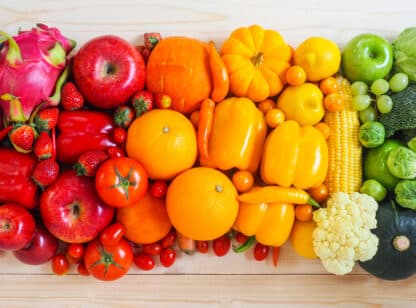

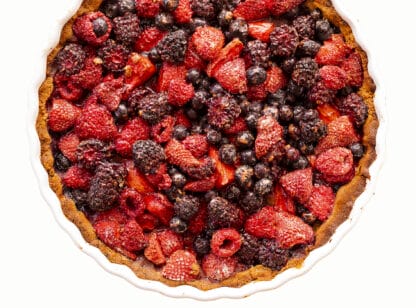
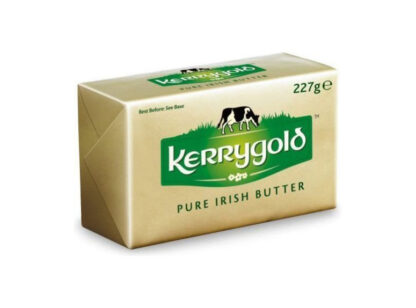

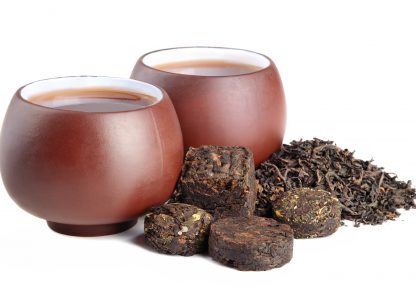
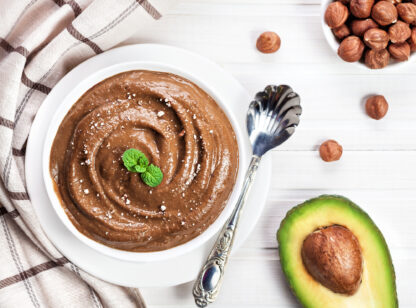









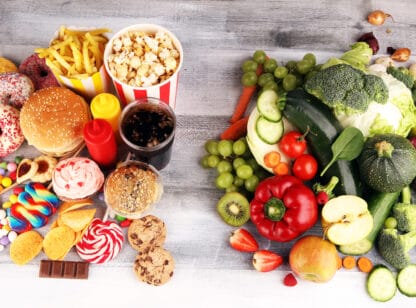






























Comments (2)
Thanks for writing this article. Hope readers will try not using canola and vegetable oils. Unrefined coconut oil is a good oil, also.
Thank you for your comment Gayle, I’m so glad you enjoyed the article. You are right, coconut oil is a great, healthy option… I think in Italy it will eventually grow in popularity as well!.
-Tiffany Dalton